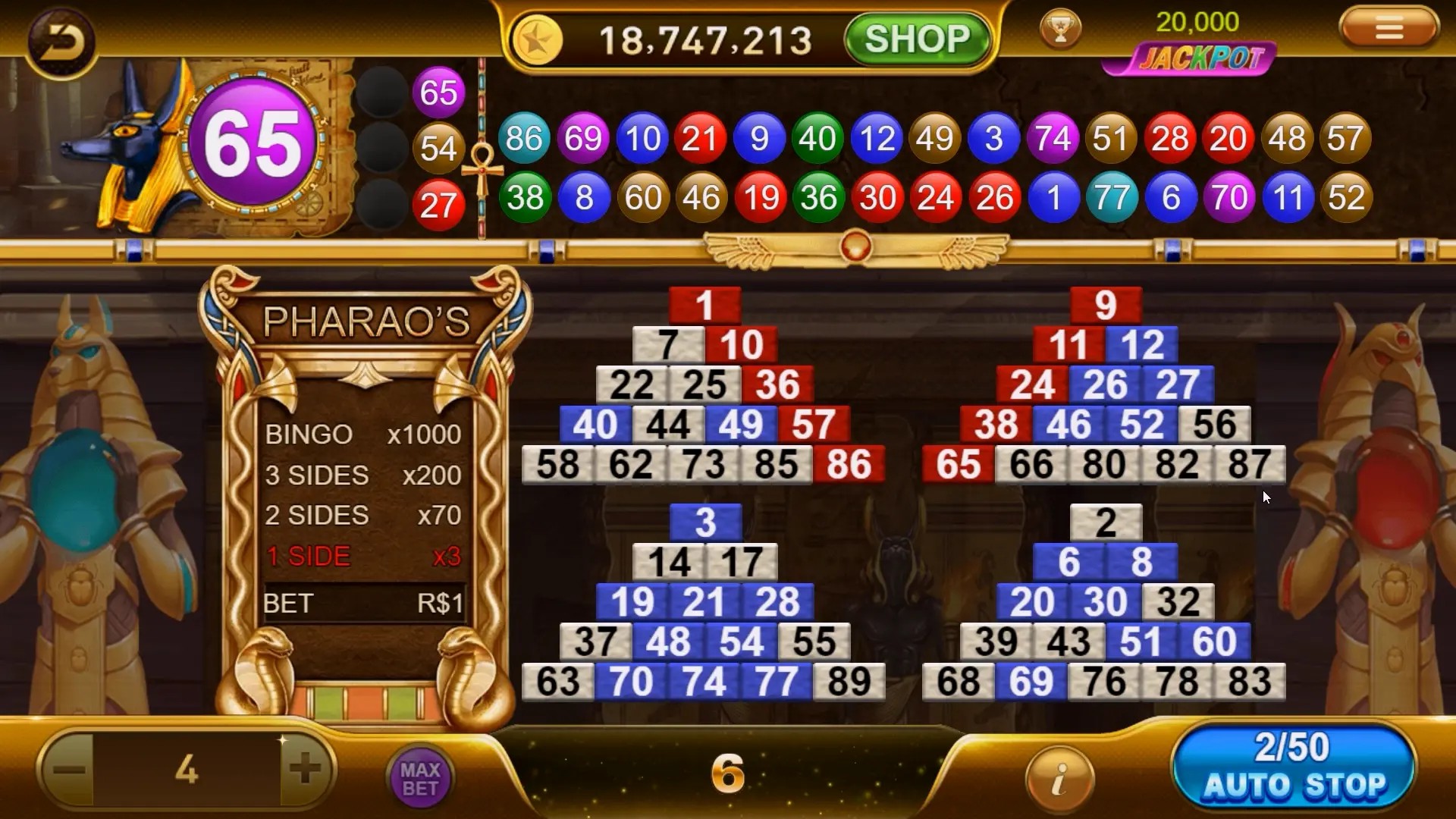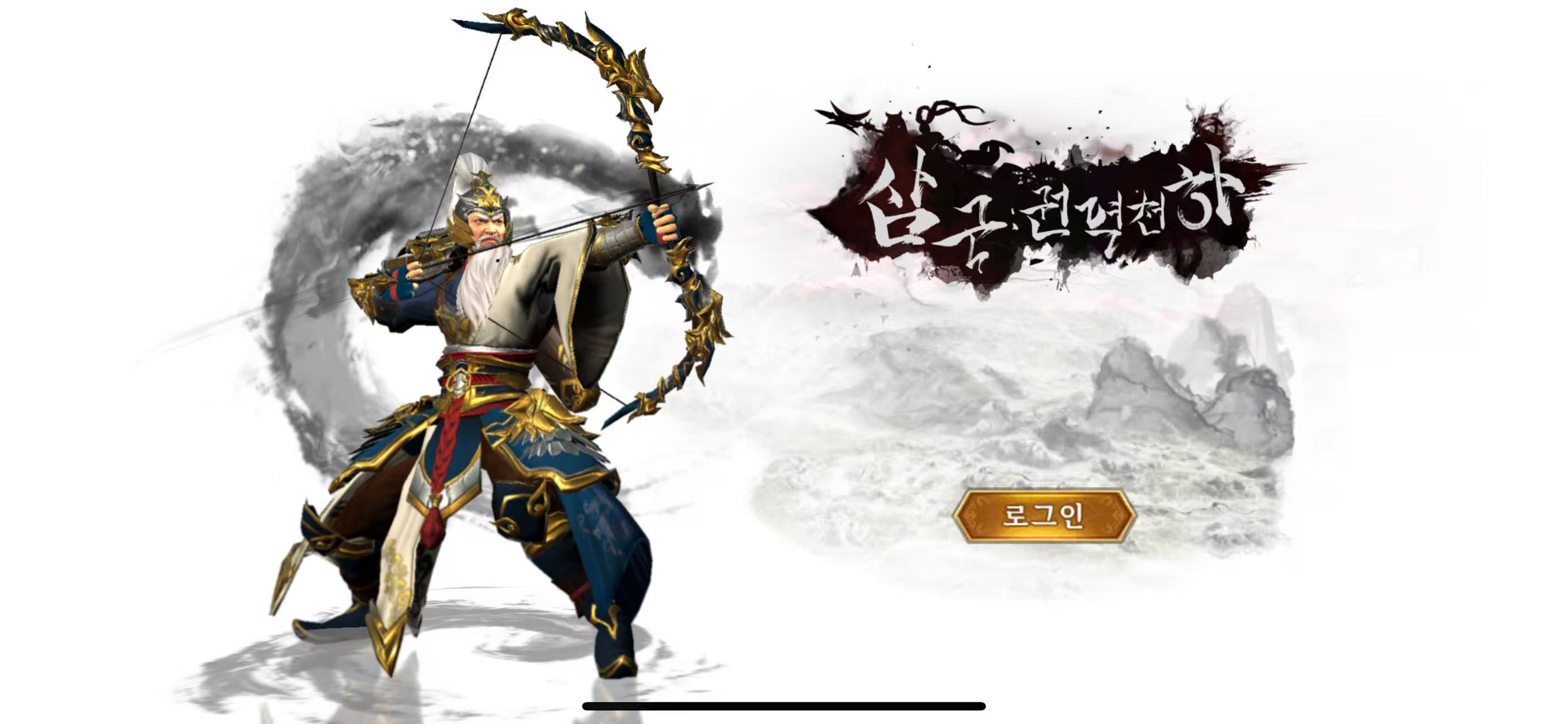Building Games: How Hyper Casual Games are Reshaping Interactive Entertainment
The gaming landscape has undergone a monumental shift over the last decade, particularly with the rise of hyper casual games. These games, characterized by their simple mechanics and addictive gameplay, are redefining what it means to create and engage in digital entertainment. In this article, we'll explore how these games are built, their impact on the industry, and why they resonate so well with players today.
What Are Hyper Casual Games?
Hyper casual games are, as the name suggests, incredibly easy to pick up and play. They typically feature:
- Simplicity in Design: No complicated storylines or mechanics, which makes them instantly accessible.
- Short Play Sessions: Ideal for quick gaming experiences, often lasting only a few minutes.
- Addictive Gameplay: Players are encouraged to keep coming back, whether it's due to leaderboards or daily challenges.
Ever found yourself mindlessly playing games like "Flappy Bird" or "Crossy Road"? Well, that's the essence of hyper casual gaming!
The Skills Behind Building Hyper Casual Games
Creating these engaging experiences isn’t as easy as it looks. Developers need to master a diverse range of skills, including:
- Simplicity in User Interface: A clean, attractive interface that enhances gameplay without overwhelming the player.
- Rapid Prototyping: The ability to quickly create and iterate on game concepts.
- Game Analytics: Understanding user data to refine gameplay and mechanics for better player retention.
It’s a blend of art and science that makes these games both entertaining and commercially successful.
Expanding Beyond Hyper Casual: ASMR Slime Games
While hyper casual games are gaining traction, niche sub-genres like ASMR slime games online are also emerging. These games leverage the sensory experience of slime visuals and sounds to create a calming, interactive environment. Players can:
- Manipulate virtual slime with realistic physics.
- Enjoy immersive asmr audio experiences.
- Share their creations with friends for social interaction.
The merging of ASMR and gaming is not just a gimmick; it's a significant addition to the interactive entertainment landscape.
The Survival Game Phenomenon
Another noteworthy trend is the rise of survival games — an entirely different realm compared to hyper casual titles. However, there’s an elegant synergy between the two. Games like "The Survival Game" offer:
- A longer, more immersive playtime.
- Complex mechanics and strategies that appeal to seasoned gamers.
This diversification in game types shows that there is no singular definition of gaming; instead, it’s about finding what resonates with a wider audience.
Table: Comparing Game Types
| Game Type | Gameplay Duration | Mechanics | Target Audience |
|---|---|---|---|
| Hyper Casual | 2-5 minutes | Simple | All Ages |
| ASMR Slime Games | 5-15 minutes | Relaxation focused | ASMR enthusiasts |
| The Survival Game | 30+ minutes | Complex | Hardcore gamers |
The Global Appeal of Building Games
One can't deny that the simplicity and accessibility of hyper casual games appeal to a global audience. For South African gamers, the opportunity to engage in these titles on mobile platforms is invaluable. The ability to create games that can entertain, educate, and engage players worldwide is a testament to this industry's growth potential.
Conclusion: The Future of Interactive Entertainment
The landscape of gaming is evolving rapidly. Hyper casual games are making it easier to play and connect, while niche genres like ASMR games add a unique twist to the mix. Meanwhile, complex survival games prove that there’s room for deep, immersive experiences as well. As developers continue to innovate, the future of interactive entertainment promises to be dynamic, varied, and full of endless possibilities.
Whether you’re a casual player or a gaming enthusiast, there’s something here for everyone. Keep your eyes on the horizon — the next wave of gaming is just over the corner!



